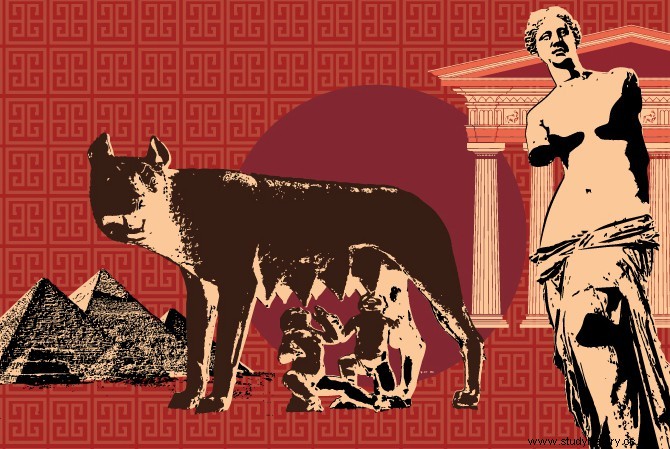
Zoroastrianism is one of the oldest living religions in the world, and many aspects of its worship, such as the importance of fire or the sacred drink, haoma , have survived to this day. Others had to be abandoned, such as the funerary practice of letting birds emaciate the bodies of the deceased.
Places of worship
During the Achaemenid period, worship was practiced in the open air, as Herodotus narrates. Towards the I
st
century AD. J.-C., temples are created, where the priests preserve a perpetual flame, such as tells it Strabo. Under the Parthian and then Sassanid empires, the Zoroastrians built temples with a platform where the fire was kept up in an urn. The faithful pray looking at its light.
Priests
In traditional Iranian religion, priests were called magi. As guardians of the community and of the temple fire, they study and orally transmit the Avesta , and watch over the code of ethics of the community, which allows them to settle legal disputes. Nowadays, they are classified into three levels:the ervad (among the Parsis of India) or herbad (in Iran), the mobed and the dastur , the highest class.
Ceremonies
They have changed throughout history. Today, the foundation of ritual life is prayer, in the temple, at home or in the open air. There are also ceremonies bringing together the whole community, during which passages from the Avesta are recited. (especially Gathas ). One of the most important is that of kusti , a white cord tied around the waist of the follower, which symbolizes the ritual majority and the link with the faith of the elders.
Funeral rituals
The belief in a judgment of the soul followed by a reward or punishment linked to the actions of life is at the origin of the essential role of funeral ceremonies. Bodies not to contaminate nature, cremation or burial were excluded. The bodies were therefore displayed in “towers of silence”, on circular stone structures, to be devoured by carrion birds.
The sacred potion
The haoma has occupied a central role in the liturgy since time immemorial. Prepared in the main Zoroastrian ritual, the yasna , it consists of two liquids:the first is a mixture of water, pomegranate leaves and ephedra and pomegranate stems, the second replaces the water with milk. Participants consume a few drops. For modern Zoroastrians, this beverage has healing properties.
